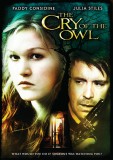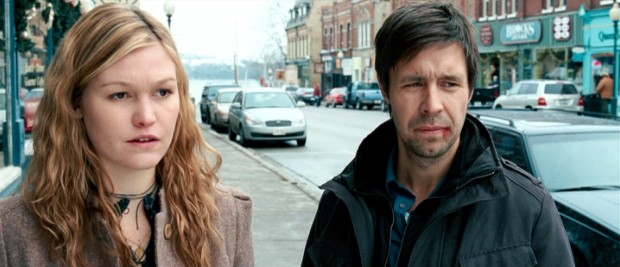One of the many independently produced films that never turn up on the general public's radar, The Cry of the Owl is based on the 1962 thriller by Patricia Highsmith,
the late misanthropic author of Strangers on a Train and the five Tom Ripley novels beginning with The Talented Mr. Ripley. Despite featuring a couple of familiar actors, this isn't likely to become much better known than the first filming of the text, a forgotten 1987 French film directed by Claude Chabrol.
English actor Paddy Considine (Hot Fuzz, The Bourne Ultimatum) stars as Robert Forrester, a dorky American aeronautics designer whose awkward jokes always fall flat. Robert has left the big city and moved to a small town in the country, where he's in the process of divorcing his cruel yet complicated wife (Caroline Dhavernas). Having battled depression and troubling homicidal urges, Robert is now basically just lonely.
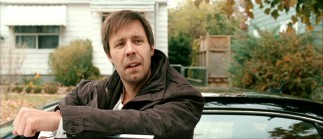
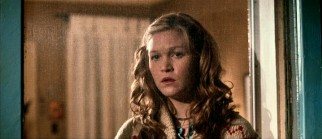
His one present passion is voyeurism that he considers harmless but most would deem creepy. He parks his car along some desolate stretch of country road and from the safety of the woods watches a young banker named Jenny (Julia Stiles) contentedly do her dishes in the kitchen of her large, quiet home. She doesn't know about it and evidently doesn't believe in curtains or blinds, but the steamiest witnessed activity we hear about is some rug-beating.
One night, the woman catches the peeping Robert and invites him for coffee, a chat, and a cookie to go. Not long after that encounter, the stalker seems to become the stalked. Jenny breaks up with her boyfriend Greg (James Gilbert), shows up at Robert's workplace and, citing her belief in fate, looks to get serious. Against expectations, Robert isn't interested in developing the relationship, either because he preferred the fantasy or he recognizes that she may be lonelier and more out of sorts than he.
The film moves from semi-romantic drama into more of a mystery, when a confrontation initiated by Jenny's ex ends with Robert implicated in his disappearance and presumed death. The two detectives (Arnold Pinnock, Bruce McFee) assigned to the case seem as certain of Robert's guilt (at least of manslaughter) as he is of his own innocence. There are certainly causes and cases for doubt, which viewers share with those who quickly grow suspicious of Robert.
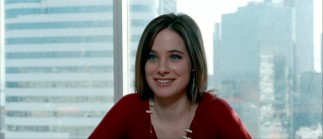
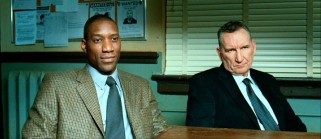
If it's allowed, I'll label The Cry of the Owl Hitchcockian without being complimentary. While modern in setting and style, the nearly 50-year-old story does seem to come from the same mindset that made Highsmith's first novel a natural choice for swift adaptation by Hitchcock.
Instead of supplying dramatic irony, though, viewers are left guessing as to Robert's innocence and whether his side of the story even matters in the police investigation.
Considine fares well in one of his bigger lead roles to date. Bearing some resemblance to Sam Rockwell, he pulls off an American accent well, slipping up only one time that I noticed. The performance supplies the ambiguity upon which the film heavily relies. Across from him, Bourne co-star Stiles is a bit stiff and uncertain in her portrayal of an oddly forgiving character.
The film is adapted and directed by Englishman Jamie Thraves, who makes a steady feature debut after fifteen years of sporadic music video direction for the likes of Blur, Coldplay, and Radiohead. Though the book is set in New York and Pennsylvania, Cry was shot entirely in Ontario, with vague city footage lazily suggesting otherwise.
The Cry of the Owl isn't flashy enough to have secured a real theatrical release. Over a year after going straight to DVD in Brazil and the Czech Republic, and three months after Myriad Pictures' probably contractually-obligated one-week, one-theater run in Beverly Hills, the film comes to Region 1 DVD on June 8th from Paramount with minimal buzz. Reflecting the lead actors' familiarity with American audiences, deservingly second-billed Stiles gets larger and more prominent cover art placement, though to a lesser extent than the largely unseen one-sheet.





